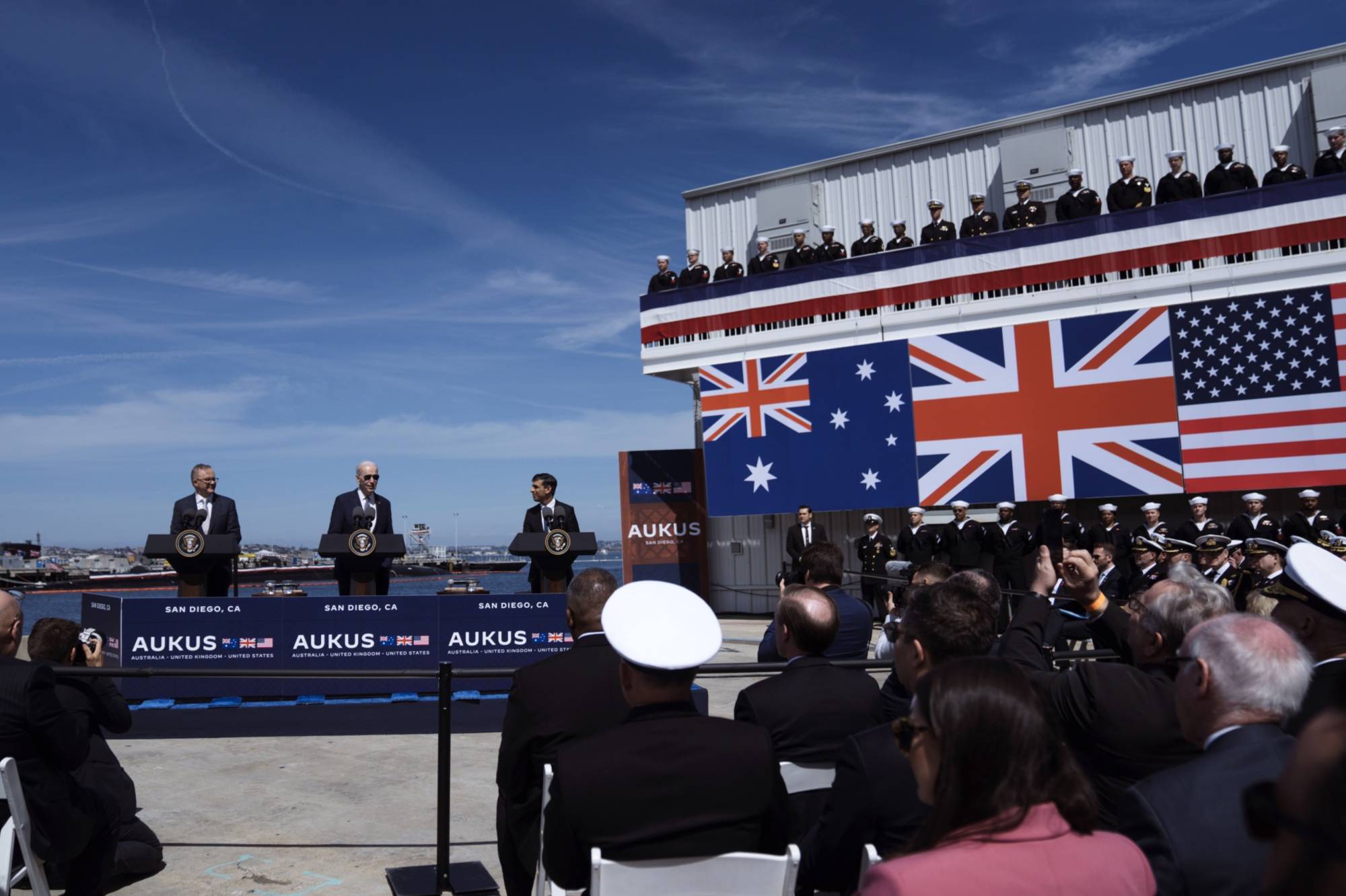AUKUS, the Australia-U.K.-U.S. security initiative, is considered critical to Indo-Pacific security.
U.S. Secretary of State Antony Blinken calls it “a vital security partnership.” At the initial announcement, President Joe Biden ticked off every security planning priority — meeting regional challenges, connecting partners, enhancing capabilities, integrating research communities — that the deal addresses.
Reports then that the biggest obstacle to getting AUKUS done are U.S. restrictions on sharing technology are, um, confounding. Experts warn that the International Traffic in Arms Regulations (ITAR) regime, rules that govern U.S. trade in weapons and defense products, could undermine the entire project. The U.S. is waking up to the threat and trying to fix this problem. But the ITAR debate is indicative of a larger concern: how the U.S works with allies in a world transformed.


















With your current subscription plan you can comment on stories. However, before writing your first comment, please create a display name in the Profile section of your subscriber account page.